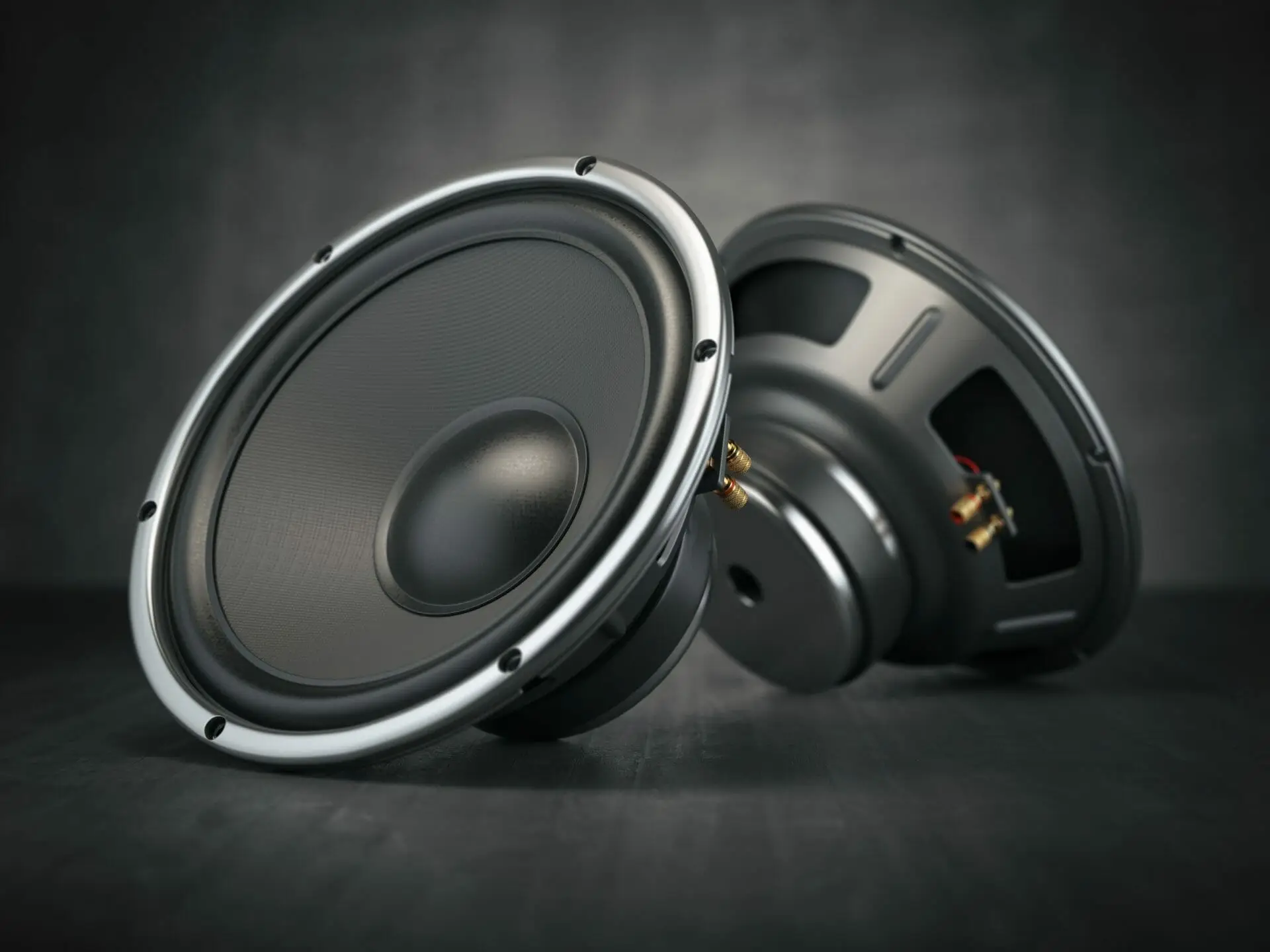Some businesses that want to reap the many advantages of switching from a conventional landline telephone to a cloud telephone system — such as saving thousands of dollars a year, connecting their remote workforce, seamless scalability, business continuity, and the list of goes on — are nevertheless hesitant to do so, because they fear that audio quality will suffer.
This perception is understandable. Oversubscribed VoIP services like Skype and Google Voice are notorious for static, echo and dropped calls. There are just too many users. Think of it like a hospital designed to serve a region of 100,000 people, instead trying to serve a region of one million people. You’ll be lucky to find a seat in the ER, or speak to a doctor for more than 30 seconds.
But a true business-class cloud telephone system supported by an optimized network is on a completely different level. Instead of being worse than a landline telephone system, the audio quality is BETTER. There are two reasons for this:
The Infrastructure is not Over-Subscribed
The first reason is that the system is not massively and chronically over-subscribed. The hospital designed to serve a region of 100,000 people is indeed serving that many — so there are plenty of seats in the ER and doctors are available to talk at length about illnesses, medications, and of course, the latest in golf club technologies.
The Codec Range is Much Wider
The second reason has to do with sound. The human ear can detect sound frequencies between 20Hz and 20,000Hz. Plain old telephone service (POTS) broadcasts in a codec range of 300Hz to 3400Hz (known as “narrowband” technology). However, the HD voice quality of a cloud telephone system broadcasts in a codec range of 50Hz to 7000Hz (known as “wideband” technology). In other words: cloud telephone systems broadcast at more than twice the range of landline phone systems — which translates into HIGHER quality audio, not LOWER quality audio.


